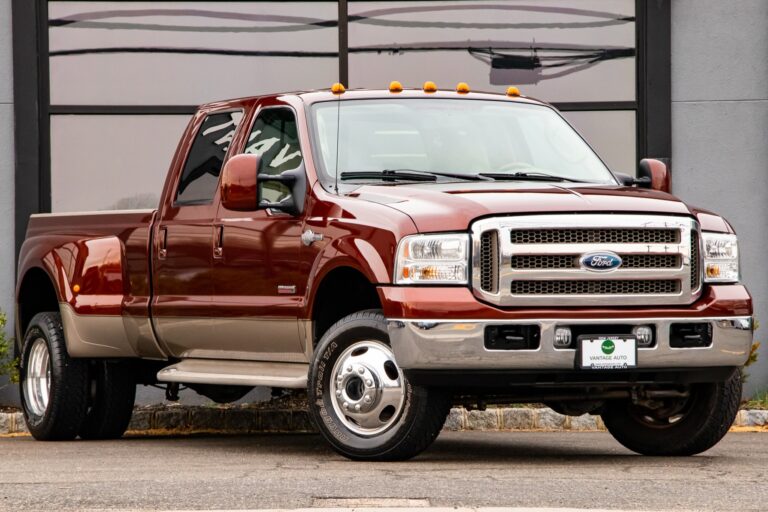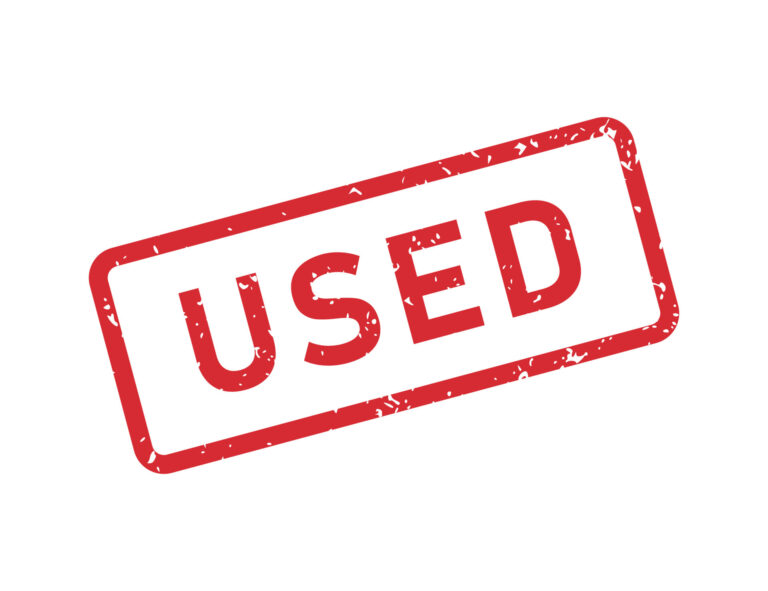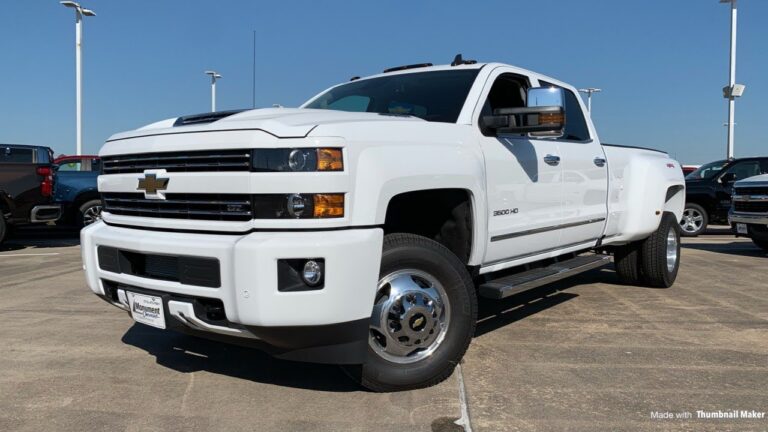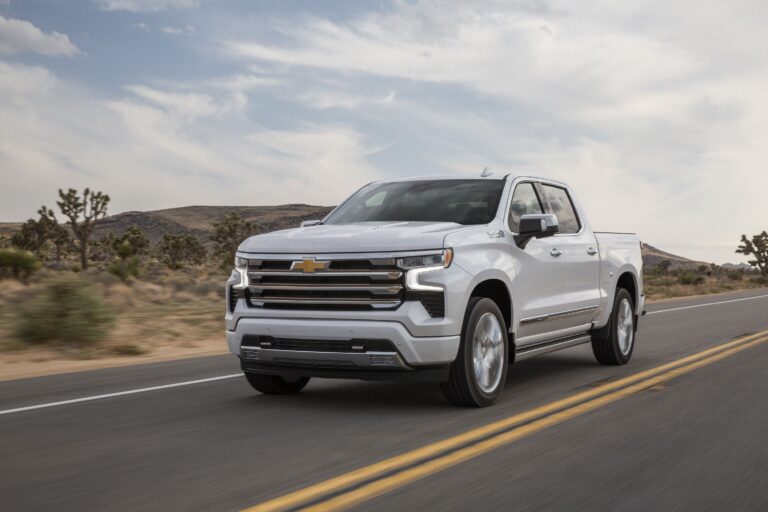Old Trucks For Sale In California
Old Trucks For Sale In California cars.truckstrend.com
Introduction: The Enduring Appeal of California’s Vintage Trucks
California, a state synonymous with car culture, sunshine, and open roads, holds a unique allure for enthusiasts of classic and vintage vehicles. Among its most cherished automotive treasures are old trucks, which embody a blend of rugged utility, timeless design, and nostalgic charm. For many, an old truck isn’t just a vehicle; it’s a piece of history, a canvas for customization, or a trusty workhorse waiting for its next adventure. The market for old trucks for sale in California is vibrant and diverse, offering everything from meticulously restored showpieces to untouched farm trucks ripe for a project. This comprehensive guide will navigate the exciting landscape of California’s vintage truck market, providing essential insights for anyone looking to own a slice of automotive Americana.
Old Trucks For Sale In California
Why California is a Hotbed for Old Trucks: Climate, Culture, and Compliance
California’s unique environment and automotive legacy make it an ideal place to find and own old trucks. Several factors contribute to this thriving market:
- Favorable Climate: The arid climate of much of California is a natural preservative for metal. Low humidity significantly reduces the risk of rust, a common nemesis for vintage vehicles in other parts of the country. Trucks that have spent their lives in California are often remarkably solid, making them excellent candidates for restoration or simply reliable drivers.
- Rich Car Culture: California boasts a deep-rooted and expansive car culture, with countless car shows, swap meets, and enthusiast communities dedicated to classic vehicles. This vibrant scene fosters a strong demand for old trucks and provides numerous avenues for buying, selling, and sourcing parts.
- Historical Availability: As a historically agricultural and industrial state, California was a massive market for trucks for decades. Many working trucks were purchased new in California and remained there, leading to a higher concentration of available vintage models today.
- Emissions Compliance (The SMOG Exemption): One of the most significant advantages for vintage vehicle owners in California is the SMOG exemption. Vehicles manufactured in 1975 or older are exempt from the state’s stringent emissions testing requirements. This makes pre-1976 trucks highly desirable, as it removes a major hurdle for registration and daily use, allowing owners to enjoy their classics without complex engine modifications to meet modern standards. Trucks from 1976 onwards are subject to SMOG checks, which is a critical consideration for potential buyers.

Decoding the Market: Types of Old Trucks You’ll Discover
The "old truck" category is incredibly broad, encompassing a variety of makes, models, and eras, each with its own characteristics and appeal.
- Classic Pickups: These are arguably the most popular. Iconic models like the Ford F-Series (F-100, F-150, F-250), Chevrolet C/K Series (C10, C20), and Dodge D-Series (D100, D200) from the 1940s through the 1980s dominate the market. They range from basic farm trucks to luxurious custom builds.
- Workhorses and Utility Trucks: Beyond standard pickups, you’ll find an array of old utility vehicles, including stake beds, flatbeds, dump trucks, and panel vans. These often come from agricultural or commercial backgrounds and offer unique functional possibilities or conversion potential.
- Off-Road Icons: While often categorized as SUVs, vehicles like the early Ford Bronco, Chevrolet K5 Blazer, and Jeep CJs share the rugged DNA and market appeal of vintage trucks, offering a different kind of adventure.
- Medium and Heavy-Duty Trucks: For those seeking larger projects or a unique statement, older medium-duty trucks (e.g., Ford F-600, Chevy C60) and even semi-trucks can be found, though their ownership and restoration present greater challenges.
- Condition Categories: Trucks typically fall into several condition categories, influencing price and required effort:
- Project Trucks: Often non-running, incomplete, or requiring extensive work. These are the most affordable but demand significant time, skill, and financial investment.
- Drivers: Running and driving vehicles that might have cosmetic flaws, minor mechanical issues, or just need general maintenance to be reliable. They can be enjoyed immediately while being improved over time.
- Restored/Restomods: Vehicles that have undergone professional restoration, often to show quality, or "restomods" which feature modern powertrains, suspensions, and amenities for improved performance and comfort. These command the highest prices.
Your Treasure Map: Where to Hunt for Old Trucks in California
Finding the right old truck requires knowing where to look. California offers numerous avenues for your search:
- Online Marketplaces:
- Craigslist and Facebook Marketplace: Excellent for local finds, often from private sellers. Be prepared for a wide range of conditions and prices.
- eBay Motors: Offers a broader selection, often with more detailed listings and nationwide shipping options, though local pickups are common.
- Specialty Classic Car Sites: Hemmings Motor News, ClassicCars.com, AutoTrader Classics, and specific forums for Ford F-Series or Chevy C10s are goldmines for serious buyers.
- Specialty Dealers and Brokers: Many dealerships in California specialize exclusively in classic and vintage vehicles. While prices might be higher, they often offer well-vetted vehicles, potential warranties, and financing options.
- Auctions: Major classic car auctions like Barrett-Jackson and Mecum frequently have high-quality vintage trucks. Local auction houses also occasionally feature classics.
- Car Shows and Swap Meets: Events like the Pomona Swap Meet, Turlock Swap Meet, and various regional classic car shows are fantastic places to see trucks in person, talk to owners, and sometimes even make a deal on the spot. They also offer a great source for parts.
- Word of Mouth: Sometimes, the best finds come from casual conversations. Let friends, family, and local mechanics know what you’re looking for.
Navigating the Purchase: Key Considerations Before You Buy
Before you commit to buying an old truck, a thorough evaluation is essential.
- Budget Beyond the Purchase Price: Factor in not just the sticker price, but also potential costs for:
- Restoration/Repairs: Almost all old trucks will need some work.
- Maintenance: Older vehicles require more frequent and specialized attention.
- Insurance: Classic car insurance can be affordable but has specific requirements.
- Registration and Taxes: California DMV fees and sales tax apply.
- Transportation: If the truck isn’t roadworthy.
- Condition Assessment is Paramount:
- Rust: Even in California, check common rust areas like cab corners, floor pans, rocker panels, bed floors, and frame rails, especially on vehicles that may have originated elsewhere or spent time near the coast.
- Mechanicals: Inspect the engine for leaks, strange noises, and general health. Check the transmission for smooth shifts, and test the brakes, steering, and suspension.
- Electrical System: Often a weak point in old vehicles. Test all lights, gauges, and accessories.
- Interior and Exterior: Assess the condition of upholstery, dashboard, glass, paint, and bodywork. Panel alignment can indicate past accidents.
- SMOG Regulations (Revisited): This cannot be stressed enough for California buyers. If the truck is 1976 or newer, it will require a SMOG certificate. Ensure it can pass or budget for the necessary modifications/repairs. Pre-1976 vehicles are exempt.
- Intended Use: Will it be a daily driver, a weekend cruiser, a show truck, or a work vehicle? Your intended use will dictate the ideal condition and features.
- Pre-Purchase Inspection (PPI): For any significant investment, hire a reputable mechanic specializing in vintage vehicles to perform a thorough PPI. They can identify hidden issues that might cost thousands to repair.
The Road to Ownership: A Step-by-Step Buying Guide
Once you’ve found a promising candidate, follow these steps to ensure a smooth acquisition:
- Define Your Criteria: Before you even start looking, know what make, model, year range, and condition level you’re targeting. This will help filter your search.
- Research and Budget: Understand the market value for the trucks you’re interested in, and set a realistic budget that includes potential post-purchase expenses.
- Initial Contact and Questions: When you find a listing, contact the seller with specific questions about the truck’s history, maintenance, known issues, and reason for selling. Ask for more photos or videos.
- In-Person Inspection: Schedule a viewing during daylight hours. Bring a checklist and thoroughly examine the truck. Don’t be afraid to get dirty. Look under the truck, inside the cab, and in the engine bay.
- Test Drive: If the truck is running, take it for a test drive. Listen for unusual noises, feel for vibrations, and check how it handles, accelerates, and brakes.
- Pre-Purchase Inspection (PPI): If you’re serious, arrange for a professional PPI. This is your best defense against unexpected problems.
- Negotiation: Based on your assessment and the PPI report, negotiate the price. Be polite but firm, and be prepared to walk away if the deal isn’t right.
- Paperwork and Payment:
- Clear Ensure the seller has a clear title in their name. Verify the VIN on the title matches the truck’s VIN.
- Bill of Sale: Create a detailed bill of sale including seller and buyer information, vehicle description (VIN, make, model, year), purchase price, and date.
- Payment: Use a secure method like a cashier’s check or bank transfer. Avoid cash for large sums.
- DMV Transfer: Promptly transfer the title into your name at the California DMV. Be aware of potential back fees if the registration has lapsed.
- Transportation: If the truck isn’t ready to drive home, arrange for professional transport.
Common Pitfalls and How to Navigate Them
Buying an old truck can be incredibly rewarding, but it’s not without potential challenges.
- Hidden Rust: While California trucks generally fare better, rust can still hide in common areas (e.g., windshield surrounds, roof seams, body mounts) or be covered by poor bodywork. Solution: Thorough inspection, especially with a magnet to detect bondo, and a PPI.
- Unforeseen Mechanical Issues: Even a running truck can have underlying problems that surface shortly after purchase. Solution: Budget for initial repairs, perform all recommended maintenance, and consider a PPI.
- SMOG Challenges (for 1976+ trucks): Getting a post-1975 truck to pass California SMOG can be expensive and frustrating if it’s not running correctly. Solution: Understand the regulations, ask for a recent SMOG certificate, or stick to pre-1976 models for simplicity.
- Title/Registration Issues: Salvage titles, missing titles, or significant back fees can turn a good deal into a nightmare. Solution: Always verify the title, check with the DMV regarding registration status, and be wary of deals that seem too good to be true.
- Parts Availability: For rarer models or very old trucks, finding specific parts can be difficult or expensive. Solution: Research parts availability before buying, connect with owner forums, and be prepared to search online or have parts fabricated.
- Overpaying: Emotional attachment can lead to overspending. Solution: Do your research, stick to your budget, and be prepared to walk away.
Price Guide: Understanding the Investment
Prices for old trucks in California vary dramatically based on make, model, year, condition, originality, and current market demand. The table below provides a general estimate for popular models, but it is crucial to remember these are broad ranges and individual trucks will fall within or outside these estimates.
| Make/Model | Year Range | Condition Category | Estimated Price Range (USD) | Key Considerations |
|---|---|---|---|---|
| Ford F-100/F-150 | 1953-1979 | Project | $5,000 – $15,000 | Wide parts availability; iconic styling. |
| Driver | $15,000 – $40,000 | Good entry point for daily use or light resto. | ||
| Restored/Restomod | $40,000 – $150,000+ | Highly sought after; custom builds fetch top dollar. | ||
| Chevy C10/C20 | 1960-1979 | Project | $6,000 – $18,000 | Extremely popular; great aftermarket support. |
| Driver | $18,000 – $45,000 | Strong community; good for mild customization. | ||
| Restored/Restomod | $45,000 – $180,000+ | Show winners and high-performance builds. | ||
| Dodge D-Series | 1961-1979 | Project | $4,000 – $10,000 | More unique; parts can be slightly harder to find. |
| Driver | $10,000 – $25,000 | Solid workhorses; distinctive look. | ||
| Restored/Restomod | $25,000 – $70,000+ | Growing appreciation for these models. | ||
| International Harvester Pickup | 1960-1975 | Project | $3,000 – $8,000 | Rarer; strong, durable frames. |
| Driver | $8,000 – $20,000 | Unique appeal; often well-preserved. | ||
| Restored/Restomod | $20,000 – $50,000+ | Niche market; enthusiast-driven value. |
Note: Prices are estimates and subject to change based on market dynamics, specific model year, engine/transmission options, originality, and seller’s motivation.
Frequently Asked Questions (FAQ)
Q1: What is the SMOG exemption year for old trucks in California?
A1: Vehicles manufactured in 1975 or older are exempt from California’s biennial SMOG check requirements. Trucks from 1976 and newer are subject to SMOG inspections.
Q2: Can I daily drive an old truck in California?
A2: Yes, many people daily drive old trucks in California, especially pre-1976 models. However, be prepared for potentially lower fuel economy, different handling characteristics, and the need for more frequent maintenance than a modern vehicle. Reliability depends heavily on the truck’s condition and how well it’s maintained.
Q3: Where are the best places to find parts for old trucks?
A3: Online retailers (e.g., LMC Truck, Classic Industries, Dennis Carpenter), specialty classic parts suppliers, salvage yards, online forums, eBay, and swap meets (like Pomona or Turlock) are excellent sources for new, used, and reproduction parts.
Q4: How much does insurance cost for an old truck?
A4: Insurance costs vary widely. If you plan to use it as a secondary vehicle and limit mileage, classic car insurance (e.g., Hagerty, Grundy) can be surprisingly affordable and offers agreed-value coverage. If it’s a daily driver, standard auto insurance rates will apply, which might be higher due to the vehicle’s age and perceived risk.
Q5: What should I look for regarding rust, even in California?
A5: While California is known for less rust, it’s not entirely absent. Check common water traps like cab corners, rocker panels, floorboards, drip rails, bed floors, wheel wells, and the frame. Vehicles from coastal areas may have more surface rust due to salt air, and those from outside California may have more severe issues.
Q6: Is it worth restoring an old truck?
A6: "Worth" is subjective. Financially, restorations often cost more than the truck’s eventual market value unless it’s a rare or highly desirable model. However, for many, the worth is in the satisfaction of bringing a classic back to life, the unique driving experience, and the personal connection to a piece of history. For a potential investment, focus on popular models in good original condition.
Conclusion: Driving History Home
The quest for an old truck for sale in California is more than just a purchase; it’s an embarkation on a journey into automotive history and a vibrant enthusiast community. From the sun-baked fields to the bustling urban streets, California’s climate and culture have preserved a remarkable collection of these utilitarian icons. Whether you dream of a gleaming showpiece, a reliable weekend cruiser, or a rugged project, the Golden State offers unparalleled opportunities. By understanding the market, performing due diligence, and embracing the unique aspects of vintage vehicle ownership, you can find the perfect old truck to drive history home and create your own California story.





